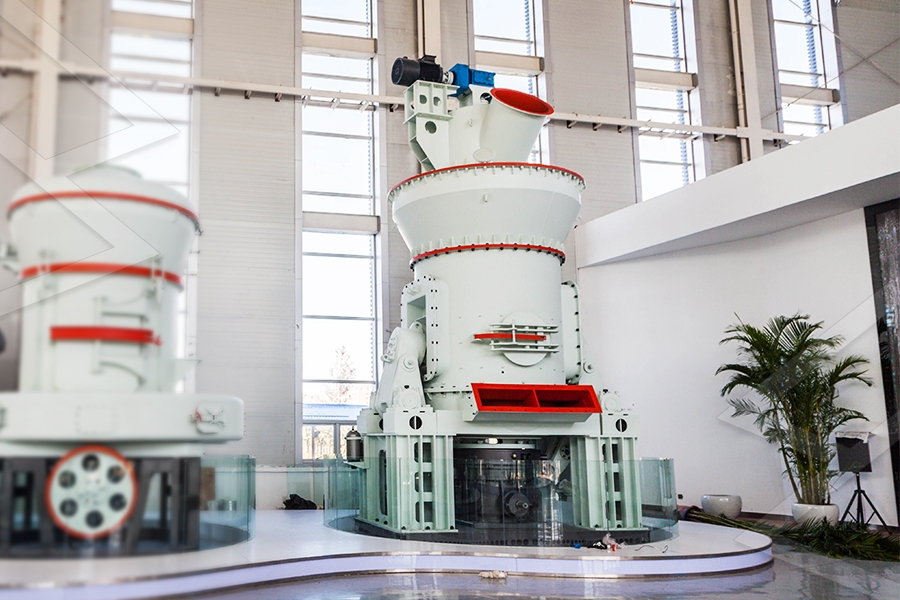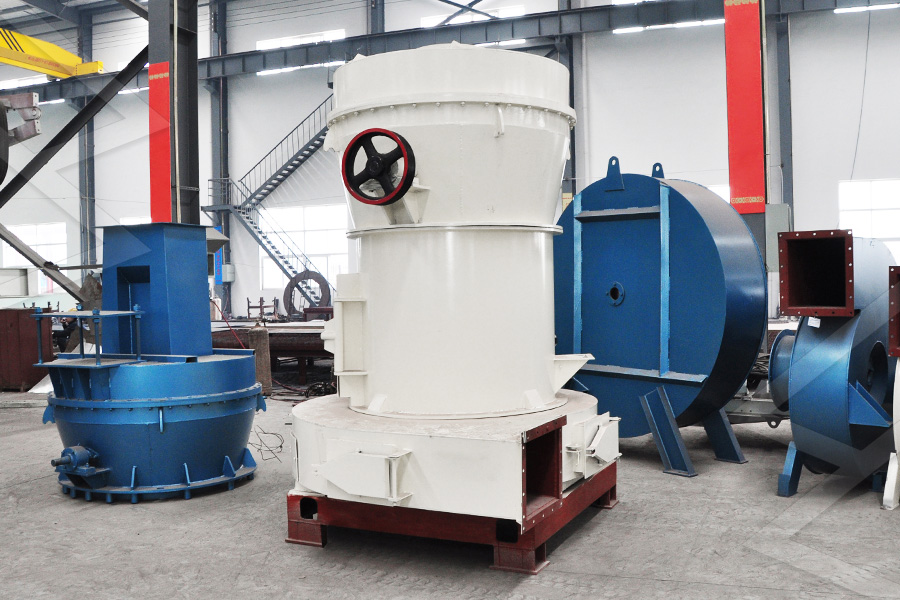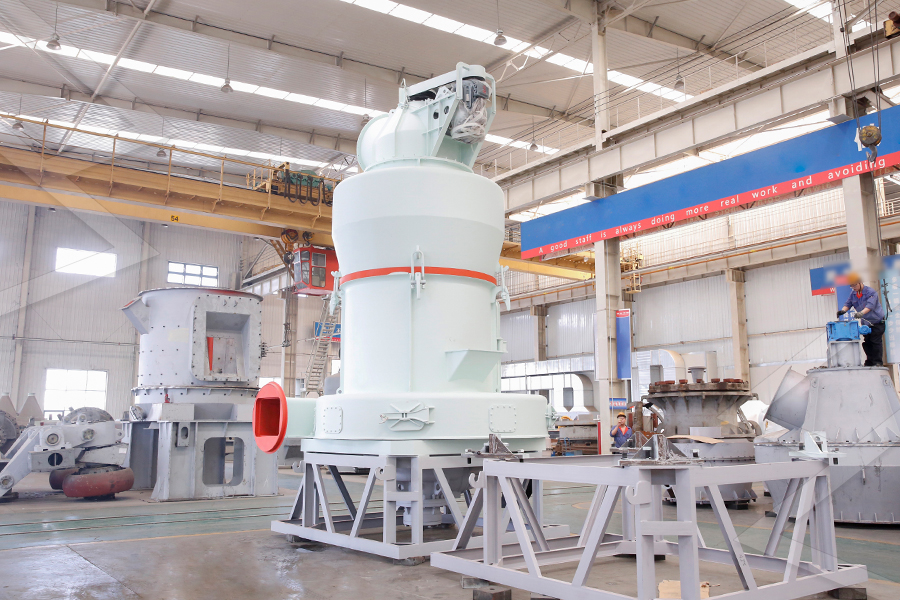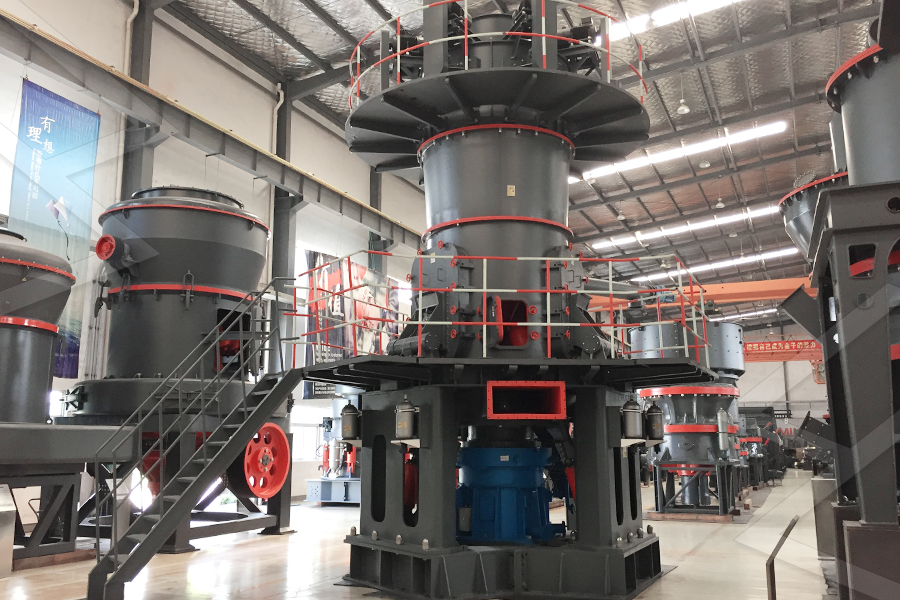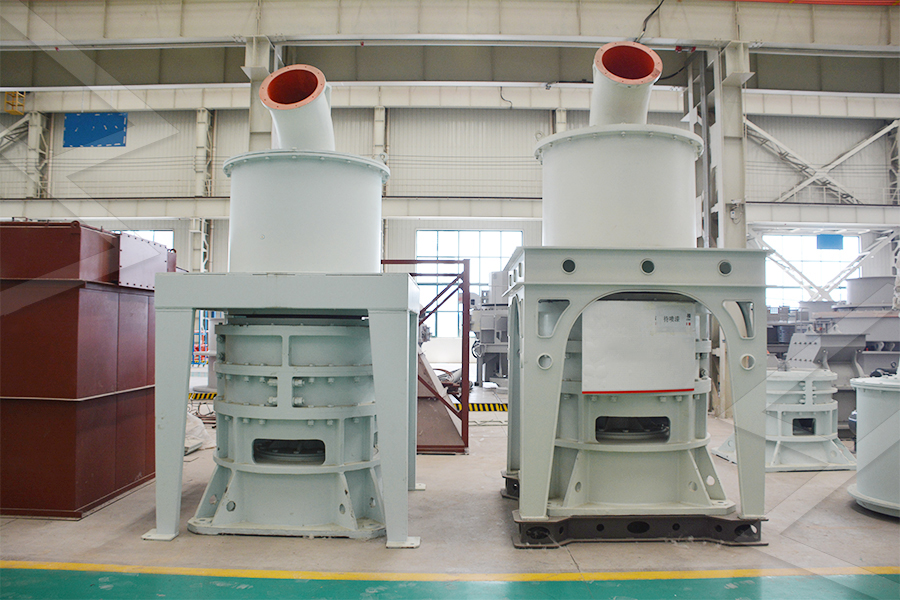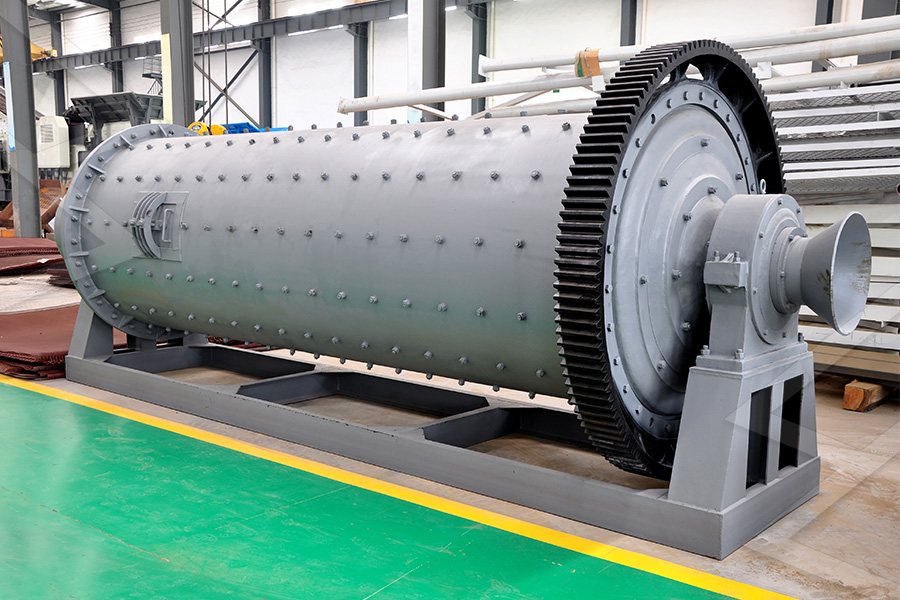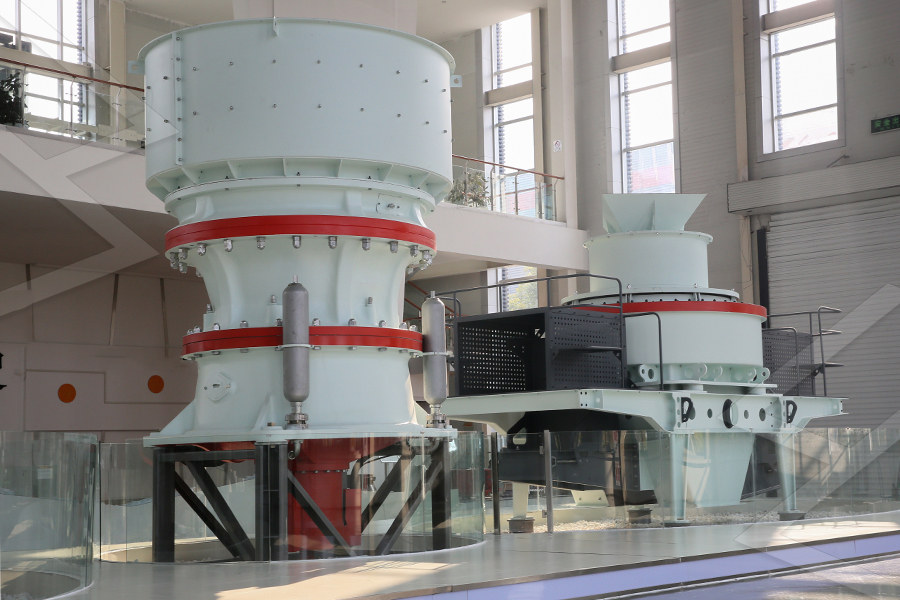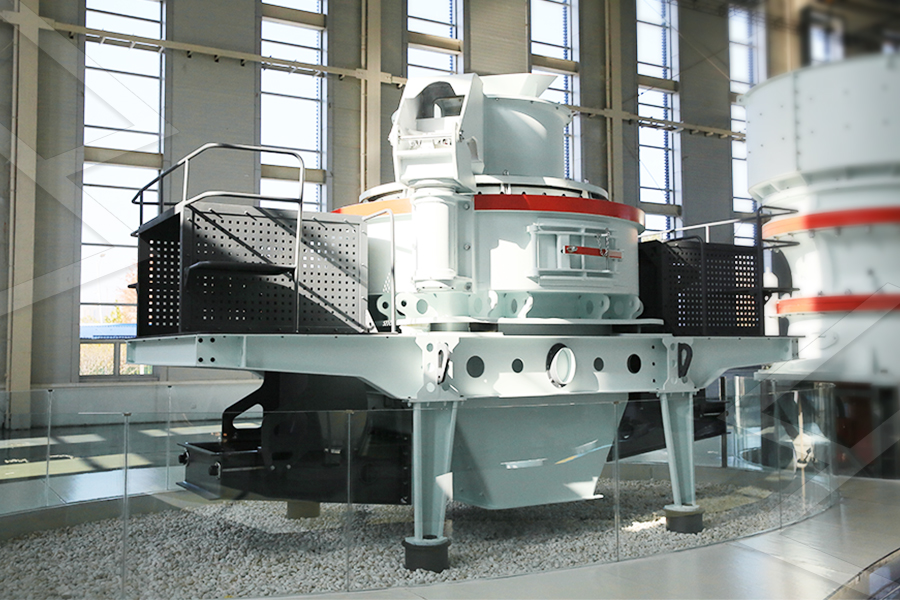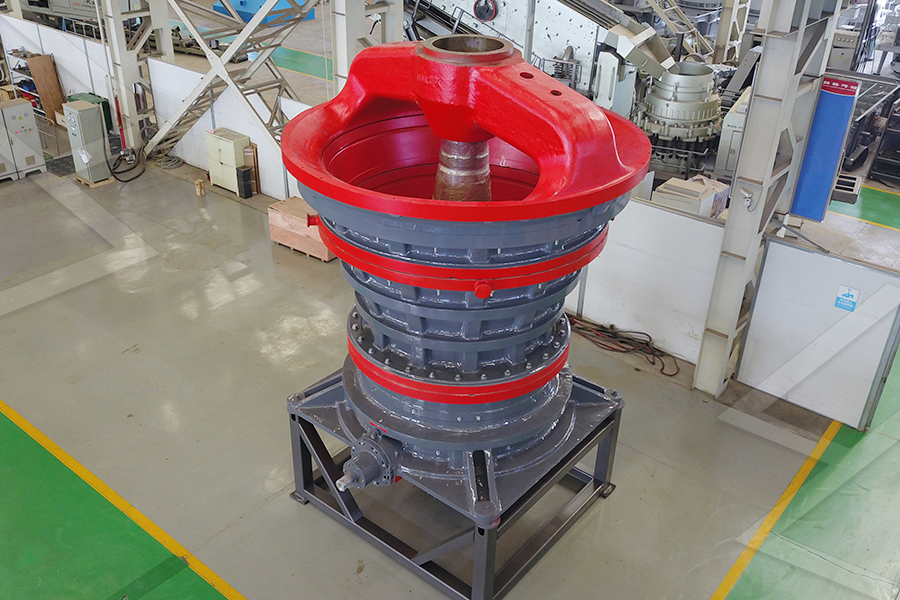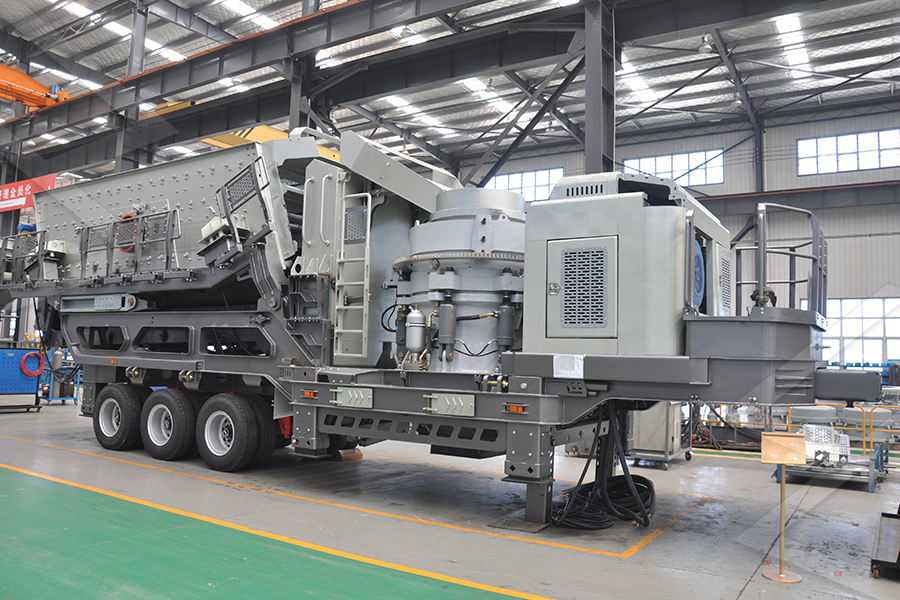Ball Mill Manufacturers for Lithium Ore Grinding in South America
Welcome to the world of lithium ore processing in South America! As the demand for lithium-ion batteries continues to soar, manufacturers are on the hunt for efficient and reliable methods of grinding and processing lithium ore. In this blog post, we will dive into the fascinating world of ball mill manufacturers who specialize in providing top-notch equipment for grinding lithium ore. From building an efficient processing plant to selecting the right ball mill, we'll explore all aspects of this crucial process. So grab your hard hat and let's delve into the world of lithium ore grinding!
Lithium Ore Processing Methods
Lithium ore processing methods play a crucial role in efficiently extracting lithium from its geological sources. Here are some key steps involved in the process:
1. Building an efficient lithium ore processing plant: The first step is to design and construct a plant that can handle large quantities of lithium ore efficiently. This involves careful planning, engineering expertise, and adherence to strict safety regulations.
2. Conducting a mineral test: Before diving into full-scale production, it's essential to conduct mineral tests on the lithium ore samples. These tests help determine the optimal processing methods and equipment required for maximum efficiency.
3. Crushing and grinding production line: Once the mineral test results are obtained, it's time to set up a crushing and grinding production line. This stage involves reducing the size of the raw material through crushing and then further refining it through grinding using specialized equipment like ball mills.
4. Beneficiation production line: After achieving proper size reduction, the next step is beneficiation - separating valuable minerals from gangue materials or impurities present in the ore using techniques such as flotation or magnetic separation.
5. Drying production line: To prepare lithium ore for further downstream processes, drying is necessary to remove excess moisture content from the concentrate before packaging or transportation.
These various processing methods ensure effective extraction of lithium from its ores while maintaining high purity levels needed for battery-grade applications.
1. Building an efficient lithium ore processing plant
Building an efficient lithium ore processing plant is a crucial step towards maximizing the yield and quality of lithium production. There are several key factors to consider when embarking on this endeavor.
It is essential to carefully design and engineer the plant layout. This involves determining the optimal location for each component, such as crushers, mills, and separators. Efficient material flow and minimal energy consumption should be prioritized in order to minimize operational costs.
Selecting the right equipment is paramount. High-quality ball mills specifically designed for lithium ore grinding can significantly improve efficiency and reduce energy consumption. It is important to choose reliable ball mill manufacturers who have extensive experience in designing and manufacturing these specialized machines.
In addition to equipment selection, implementing effective control systems plays a vital role in optimizing plant performance. Automation technologies can help monitor various parameters such as temperature, pressure, and particle size distribution in real-time, enabling proactive adjustments for enhanced efficiency.
Furthermore, incorporating sustainable practices into the plant design is becoming increasingly important in today's environmentally conscious world. Utilizing renewable energy sources or implementing recycling initiatives can contribute to reducing carbon footprints while also improving cost-effectiveness.
2. Conducting a mineral test
Conducting a mineral test is an essential step in the lithium ore processing journey. It allows manufacturers to gain valuable insights into the composition and quality of the ore, enabling them to make informed decisions about the best course of action moving forward.
During this process, samples of lithium ore are collected and analyzed using various techniques. These tests help determine the mineralogical properties, such as particle size distribution, density, and chemical composition. By understanding these characteristics, manufacturers can optimize their processing methods for maximum efficiency.
One common method used in mineral testing is X-ray diffraction (XRD), which provides detailed information about crystal structure and phase identification. This technique helps identify different minerals present in the sample.
Another crucial test is called flotation analysis. It involves separating valuable minerals from unwanted gangue materials through a series of physical and chemical processes. Manufacturers can then assess how effectively they can extract lithium from the ore using flotation techniques.
The results obtained from these tests guide engineers and scientists in designing customized processing plants that cater specifically to the unique properties of each lithium deposit. This ensures optimal recovery rates while minimizing costs and environmental impact.
Conducting a mineral test is an integral part of developing efficient mining operations for lithium ore grinding. By understanding its composition and characteristics through rigorous testing methods like XRD and flotation analysis, manufacturers can refine their processes to maximize yield while maintaining sustainability standards.
3. Crushing and grinding production line
When it comes to processing lithium ore, one crucial step is the crushing and grinding production line. This process helps to break down the raw materials into smaller particles, making it easier for further beneficiation and concentration.
Crushing involves using mechanical force to reduce the size of the lithium ore. Various types of crushers can be used, including jaw crushers, impact crushers, and cone crushers. Each crusher has its own unique characteristics and advantages.
After the initial crushing stage, grinding is necessary to further refine the ore particles and achieve the desired fineness. Grinding mills such as ball mills are commonly used in this stage. These mills use rotating containers filled with heavy balls that grind the material until it reaches the desired consistency.
The crushing and grinding production line plays a vital role in ensuring that lithium ore is processed efficiently. It not only reduces particle size but also increases surface area for better chemical reactions during subsequent stages of beneficiation.
Moreover, an efficient crushing and grinding production line can help optimize resource utilization by extracting maximum value from every tonne of lithium ore processed.
In conclusion (remember not to use these words!), investing in a well-designed crushing and grinding production line can significantly improve overall efficiency in lithium ore processing operations!
4. Beneficiation production line
The beneficiation production line is an important step in the processing of lithium ore. It is designed to separate and concentrate valuable minerals from the raw ore, increasing their purity and quality.
In this process, various techniques are utilized to achieve optimal results. These include gravity separation, flotation, magnetic separation, and electrostatic separation. Each method targets specific minerals based on their physical and chemical properties.
Gravity separation involves using the force of gravity to separate different components of the ore. This can be done through processes like jigging or shaking tables.
Flotation utilizes chemical reagents to selectively attach to certain minerals, allowing them to float while others sink. This enables the separation of valuable minerals from gangue materials.
Magnetic separation uses magnets to attract and remove magnetic materials from non-magnetic ones. This is particularly useful for separating iron-bearing minerals from other components.
Electrostatic separation utilizes differences in electrical conductivity between various mineral particles for efficient sorting.
By employing these beneficiation techniques, manufacturers can produce lithium concentrates with higher concentrations of desired elements such as lithium carbonate or lithium hydroxide. These concentrates can then be further processed into battery-grade materials for use in electric vehicle batteries and other applications.
5. Drying production line
Drying is a crucial step in the lithium ore processing journey, as it helps remove moisture and prepare the material for further processing. A well-designed drying production line ensures that the lithium ore is properly dried to achieve optimal results.
In this stage, various drying techniques can be employed depending on the specific requirements of the ore. Common methods include rotary dryers, fluidized bed dryers, and belt dryers. These systems efficiently reduce moisture content while preserving the integrity of the lithium particles.
A key consideration when choosing a drying production line is its energy efficiency. Opting for energy-saving technologies not only reduces operational costs but also minimizes environmental impact.
Additionally, proper air circulation and temperature control are essential to maintain quality during drying. This ensures uniformity in moisture removal and prevents overheating or under-drying of the lithium ore.
By implementing an effective drying production line, manufacturers can streamline their operations and improve overall efficiency in preparing lithium ore for downstream processes. It's another vital piece of equipment that contributes to successful lithium extraction!
Different Types of Lithium Ore Ball Mills
When it comes to grinding lithium ore, ball mills are widely used due to their versatility and efficiency. There are several different types of ball mills that can be utilized for this purpose, each with its own unique features and advantages.
One common type is the overflow ball mill. This type of mill has a larger diameter compared to its length, allowing for a larger volume of material to be processed at once. It is often used in situations where a high throughput is required.
Another type is the grate discharge ball mill. In this design, the material is discharged through slots or openings in the grate plate after being ground. This allows for finer particles to pass through while coarser particles are retained in the mill for further grinding.
For finer grinding purposes, there are also stirred media mills available for lithium ore processing. These mills use a rotating stirrer equipped with grinding media such as steel balls or ceramic beads to achieve ultra-fine particle sizes.
In addition to these types, there are also planetary ball mills that offer efficient mixing and homogenization capabilities along with size reduction. These versatile machines allow for precise control over various parameters such as speed and time, making them ideal for research laboratories and small-scale production.
Choosing the right type of ball mill depends on factors such as desired particle size distribution, processing capacity requirements, and specific process conditions. By selecting the appropriate mill design and operating parameters, manufacturers can ensure optimal performance and maximize productivity in lithium ore grinding operations without compromising product quality or energy efficiency.
Considerations for Choosing a Lithium Ore Ball Mill
When it comes to selecting the right ball mill for lithium ore grinding, there are several key considerations that need to be taken into account. First and foremost is the capacity of the mill, which will determine how much material can be processed at a given time. It's important to choose a ball mill with sufficient capacity to meet your production needs.
Another important factor is the size and hardness of the lithium ore particles. Different types of ball mills are designed for different particle sizes and hardness levels, so it's crucial to select one that is suitable for your specific requirements. Additionally, considering factors such as energy consumption and maintenance requirements can help ensure optimal performance and cost-effectiveness.
In addition to these technical aspects, it's also essential to consider the reputation and reliability of the ball mill manufacturer. Look for manufacturers with extensive experience in producing high-quality equipment specifically designed for lithium ore grinding. Reading customer reviews and testimonials can provide valuable insights into their track record.
Furthermore, don't forget about after-sales service and support when choosing a supplier. A reliable manufacturer should offer comprehensive technical assistance, spare parts availability, and prompt response times in case any issues arise during operation.
By carefully considering these factors when choosing a lithium ore ball mill, you can ensure that you invest in equipment that will deliver efficient grinding performance while meeting your specific needs. Remember - making an informed decision now will pay off in terms of long-term productivity!
Benefits and Limitations of Ball Milling in Lithium Ore Processing
Ball milling is a common method used for grinding lithium ore into fine particles. It offers several benefits that make it an attractive option for lithium ore processing plants, but there are also a few limitations to consider.
One of the main benefits of ball milling is its ability to efficiently grind the ore into smaller particles. This increases the surface area of the ore, allowing for better contact with chemicals during subsequent stages of processing. The increased surface area also promotes more efficient chemical reactions and can enhance overall process performance.
Another benefit of ball milling is its versatility. It can be used for both wet and dry grinding operations, making it suitable for various types of lithium ores. This flexibility allows operators to optimize their processing methods based on specific characteristics or requirements of the ore.
However, there are some limitations associated with ball milling in lithium ore processing. One limitation is related to energy consumption. Ball mills require significant amounts of energy to operate, especially when large quantities of material need to be processed. This can lead to higher operational costs and environmental impact due to increased energy consumption.
Additionally, ball mill grinding may not always produce uniform particle sizes. Variations in feed size, hardness, and other factors can affect the efficiency and consistency of particle size reduction achieved through ball milling.
While ball milling offers numerous benefits such as efficient particle size reduction and versatility for different types of lithium ores, it does have limitations in terms of energy consumption and potential variability in particle size distribution. These considerations should be taken into account when selecting a suitable grinding method for lithium ore processing plants.
Lithium Ore Grinding and Classification Process
When it comes to grinding and classifying lithium ore, the process plays a crucial role in obtaining the desired particle size distribution. This is where ball mills come into play as they are widely used for grinding various materials, including lithium ore.
The first step in the grinding and classification process is to feed the lithium ore into the ball mill. The ore is then ground down to a fine powder using rotating steel balls. This helps break down the larger particles and ensures a more uniform particle size distribution.
Once the ore has been ground, it goes through a classification process. In this step, air classifiers are often used to separate the finer particles from the coarser ones. The classified material can then be further processed or used directly depending on its intended application.
Grinding and classifying lithium ore is not only important for achieving optimal particle size but also for maximizing yield and efficiency in subsequent stages of processing. By ensuring that the particles are properly sized and separated, manufacturers can achieve better results in downstream processes such as beneficiation and concentration.
Understanding and optimizing the grinding and classification process for lithium ore is essential for efficient production. It allows manufacturers to produce high-quality products with consistent properties while minimizing waste and maximizing resource utilization.
Lithium Ore Beneficiation Process
To maximize the value of lithium ore, a beneficiation process is essential. This process involves separating valuable minerals from the ore through various techniques. One common method is flotation, where chemicals are used to make certain minerals attach to air bubbles, which then rise and separate from the rest of the ore.
Another technique used in lithium ore beneficiation is magnetic separation. This process utilizes magnets to attract and separate magnetic minerals from non-magnetic ones. By doing so, it allows for a more concentrated form of lithium ore.
Gravity separation is also employed in the beneficiation process. It works by exploiting differences in density between different minerals within the ore. Heavy particles sink while lighter ones float, allowing for effective separation.
In addition to these methods, there are other processes such as leaching and roasting that can be utilized depending on specific requirements and characteristics of the lithium ore.
The beneficiation process plays a crucial role in extracting valuable components from lithium ores, ensuring their optimal utilization for various applications ranging from batteries to ceramics and beyond!
Lithium Ore Concentrate Concentration and Dehydration Process
The concentration and dehydration process is the final step in lithium ore processing. Once the lithium ore has been beneficiated and ground to the desired size, it undergoes a series of processes to further refine and concentrate the lithium content.
During this stage, various techniques are employed to separate impurities from the concentrated lithium ore. One commonly used method is flotation, where chemicals are added to create froth that carries away unwanted minerals while leaving behind the valuable lithium concentrate.
After concentration, the next step is dehydration. This involves removing excess water from the concentrated lithium ore through methods such as filtration or drying. The goal is to reduce moisture levels to meet specific requirements for storage, transportation, and further processing.
Once the lithium ore concentrate has been successfully dehydrated, it can be packed into containers or transported for additional refining processes. These may include roasting or calcination to remove any remaining impurities and improve overall purity.
In conclusion (Oops! Sorry about that!), ball mill manufacturers play a crucial role in ensuring efficient grinding of lithium ores during their processing journey. By providing high-quality ball mills specifically designed for this purpose, they enable mining companies in South America and around the world to maximize their productivity and achieve optimal results in their quest for extracting valuable lithium resources.
Whether it's building efficient processing plants, conducting mineral tests, or implementing beneficiation techniques - ball mill manufacturers offer comprehensive solutions tailored to meet specific needs at every stage of Lithium Ore Grinding Process.
So if you're involved in Lithium Ore Grinding operations or planning on venturing into this exciting industry – don't overlook the importance of partnering with reputable ball mill manufacturers who understand your unique challenges!
Remember: Choosing reliable equipment suppliers ensures smooth operations and ultimately contributes towards sustainable development within South America's growing Lithium sector!
